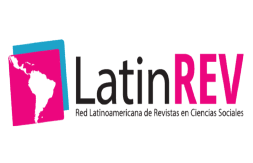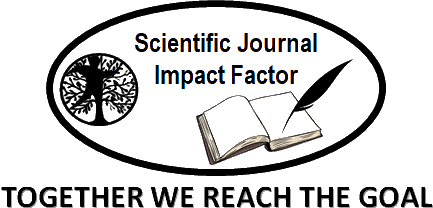Historical seismicity of the province of Chimborazo
DOI:
https://doi.org/10.69639/arandu.v12i2.1116Palabras clave:
Ecuador, earthquakes, history, testimonies and natural disastersResumen
This study analyzes the impact of gamification as a methodological strategy in the teaching of mathematics at the Basic General Education level. The research is based on the need to transform traditional pedagogical practices through innovative approaches that promote meaningful learning and the development of logical-mathematical skills. A qualitative approach with a descriptive design was used, applying interviews and direct observation with teachers and students from an educational institution in Ecuador. The results show that gamification enhances student motivation, engagement, and active participation in the classroom. Additionally, improvements were observed in the understanding of mathematical concepts, problem-solving, and collaborative work. It is concluded that integrating playful elements into teaching activities strengthens the teaching-learning process and contributes to a more dynamic, inclusive, and student-centered education. The study recommends training teachers in the use of digital tools and gamification strategies, as well as promoting educational policies that support active methodologies within the school curriculum.
Descargas
Citas
Aguiar F. Roberto. (1994). “Eighth National Course on Structures: Seismic Threat”. Chapter 6. Army Polytechnic School . Quito.
Aguiar F. Roberto. (2000). “Earthquake-Resistant Design of Reinforced Concrete Buildings”. Army Polytechnic School . Quito.
X. Goula. (1993). “Seismic Risk Assessment: III Seismic Energy Propagation”. Master's Course in Earthquake Engineering and Structural Dynamics . Barcelona. Polytechnic University of Catalonia.
A.Medvedev and W. Sponheuer. (1969). “Scale os Seismic intensity. Proccedings”. World Conference . Santiago de Chile. Earthquake Eng. 4th
CF Richter. (1958). “Elementary Seismology”. San Francisco. Freeman.
Torres de Mendoza Luis. (1868). “Description of the towns within the jurisdiction of the Correguimiento de la Villa Don Pardo, in the Province of Puruguayes”. Collection of Unpublished Documents Relating to the Discovery, Conquest, and Organization of the Former Spanish Possessions in America and Oceania . Madrid, Spain
Report on the consequences of the 1645 earthquake. (9-VI-1645). Riobamba. Historical Archives . Chimborazo House of Culture.
Juan de Velasco (1960). “History of the Kingdom of Quito”. Ecuadorian Library. J.M. Cajica Jr. S.A. Mexico. pp. 545
Juan de Velasco (1960). “History of the Kingdom of Quito”. Part Two. Ecuadorian Library. J.M. Cajica Jr. S.A. Mexico. pp. 546
Morales Mejía Juan Carlos. (1998). “Riobamba from the Lutheran to the Earthquake”. Collection: Chimborazo, Yesterday, Today and Forever . Freire Pedagogical Publishing House . Riobamba.
Jorge Juan and Antonio de Ulloa. (1978). “Historical Account of the Journey to South America.” Volume I. Spanish University Foundation. Facsimile . Madrid.
Costales Cevallos Alfredo. (1972). “History of Riobamba and its Province”. Ecuadorian House of Culture . Riobamba.
Egred A. José. (2001). “Characteristics of the Macroseismic Zone of the 1797 Earthquake”. Geophysical Institute. National Polytechnic School . Quito.
Pazmiño Rocío, Gómez Nidia, Rueda Rocío. (2000). “Ancient Riobamba: The Hidden History of a Colonial City.” Abya-Yala Editing . Quito. Ibid., 22-III-1797, [f. 7v –8v. Lizarzaburu].
Pazmiño Rocío, Gómez Nidia, Rueda Rocío. (2000). “Ancient Riobamba: The Hidden History of a Colonial City.” Abya-Yala Editing . Quito. Ibid. , [f. 9v-10 Najera].
González Suárez Federico. (1970). “General History of the Republic of Ecuador.” Ecuadorian House of Culture Publishing House . Quito.
Publicado
Cómo citar
Número
Sección
Licencia
Derechos de autor 2025 Diego Javier Barahona Rivadeneira, Wilson Roberto Barahona Ribadeneira

Esta obra está bajo una licencia internacional Creative Commons Atribución 4.0.





















